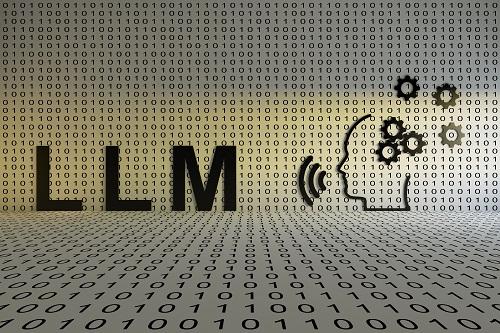iMaster NCE One Map and One Master: Accelerating Towards AN L4 for FBB
As digital transformation continues to accelerate, operators in the fixed broadband FBB field face numerous challenges to evolve toward Level 4 Autonomous Networks (AN L4).
These include:
- low levels of automation and intelligence
- low network planning, construction, optimization, and maintenance efficiency
- unassured service experience
While there is an increasing demand for introducing large language model (LLM) for network intelligence, LLM is effective only if it is associated with a digital base. Therefore, we should prioritize digital transformation and then leverage AN by using LLM and other technologies. An E2E FBB solution that combines an accurate digital base and an advanced LLM for the communications industry can help operators achieve AN L4. The digital base can be viewed as a map application, and LLM as the decision-making master. This integration of "One Map and One Master" is indispensable.
Huawei's One Map refers to the iMaster NCE network digital map, which provides full stack visibility for FBB networks and services.
Fig 1: Huawei ADN Net Master

One Map provides:
- essential data from network level to application level
- network service status awareness and real-time network data collection
- multi-layer and multi-domain full stack visibility and the management of active and passive networks.
These advanced functions facilitate the digital transformation of operators, providing unprecedented insights and a reliable decision-making basis for LLM.
iMaster NCE's One Master is an FBB LLM based on One Map. Corpora determine a model's performance and, over the years, Huawei has been working closely with global operators, accumulating tens of billions corpora specific to the communication industry from expert experience and documentation for solution development, testing, and user guides. Huawei used these high-quality corpora and over 20 key patent algorithms to improve its LLM capabilities. For instance, the tool learning from human feedback (TLHF) algorithm accelerates LLM's understanding of network APIs, while the chain of thoughts for communication and reflection algorithm improve the accuracy of multi-API orchestration. These algorithms have contributed to the development of advanced and professional LLM in the telecom field.

The collaboration between "One Map and One Master" enables network self-decision-making, automatic service configuration, real-time traffic optimization, early risk detection, and fast fault rectification in the FBB field.
This enables operators to accelerate toward AN L4 and expedite digital transformation.

The iMaster NCE in action
The iMaster NCE network digital map is widely used by over 50 operators worldwide. Since 2019, we’ve been collaborating with China Mobile Guangdong on the digital transformation of the operator’s networks, with the operator developing an O&M mode based on the digital network map for its SPN 5G bearer network. iMaster NCE:
- automatically performs correlative analysis of services provided by poor-QoE base stations
- accurately identifies fault locations
- provides precise troubleshooting solutions for network quality issues.
These functions significantly improve customer satisfaction and accelerate the transition of the SPN bearer network from a service bearer network to a toB production network. In recent years, the industry has made tremendous breakthroughs, especially in AI. Based on the iMaster NCE network digital map and leveraging core technologies in the FBB field, China Mobile Guangdong developed Net Master, the industry's first LLM application. This application covers all telecom Q&A scenarios and offers excellent intent understanding and fault self-diagnosis capabilities.
- During fault diagnosis, Net Master provides conversational interactions based on intents in fault scenarios, including intelligent Q&A and flexible searches. This application significantly simplifies network configuration and troubleshooting, reducing the Mean Time To Repair (MTTR) from hours to minutes.
- In the fault closure scenario, intent-based APIs provide mobile apps with real-time access to network resources and fault information. This makes the entire troubleshooting process visible and manageable, significantly lowering site visit costs and reducing the average fault response time by 83%. Net Master has been deployed in 13 cities across Guangdong province and continues to help customers achieve business success.
Huawei is ready to collaborate with operators around the globe to develop innovative solutions for Autonomous Network (AN) Level 4 and accelerate toward Highly Autonomous Networks for FBB.
Learn more about Huawei’s FBB Autonomous Driving Network solution.
Disclaimer: Any views and/or opinions expressed in this post by individual authors or contributors are their personal views and/or opinions and do not necessarily reflect the views and/or opinions of Huawei Technologies.
Leave a Comment